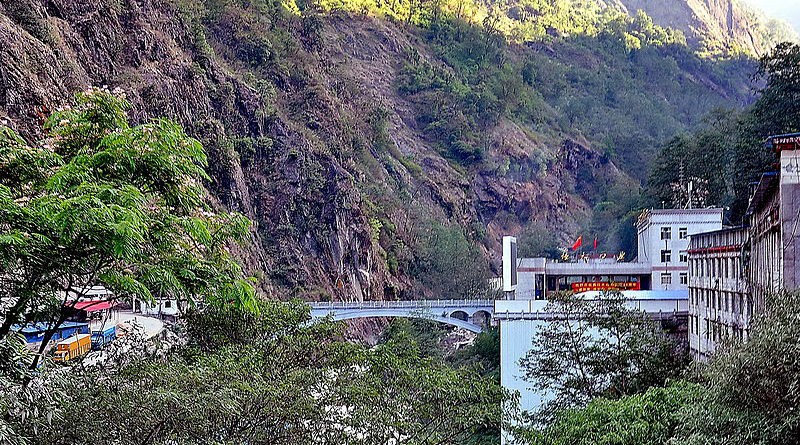By Seong Hyeon Choi (Eurasia review, 13 August 2021) – The Belt and Road Initiative (BRI) has become central to the economic relations between China and the rest of Eurasia. The infrastructure development has improved the connectivity of these regions and accelerated the engagement between China and other BRI recipient countries.
Discussion on the BRI, however, has mostly focused on the continental and maritime BRI routes that pass through Central and Southeast Asia, and less attention has been given to the Tibetan plateau and the Himalayan region. Although rugged terrain complicates interaction across the mountains, the Himalaya constitutes a critical – and contested – border area between the region’s two population giants, China and India. If the BRI can improve the infrastructure and accessibility of this area, its strategic and economic importance in the South Asian region will likely prosper in the future as well.
In fact, China has been cultivating a close relationship with Nepal since the Nepal Earthquake of 2015, when Beijing offered aid to Kathmandu that revitalized damaged infrastructure in mountainous border areas. For instance, the Chinese and Nepali government signed an agreement during the Second Belt and Road Forum in May 2019 that committed new levels of aid for ongoing development of the Himalayan borderland area. These projects reflect a new phase of China-Nepal ties as an infrastructural relationship comprising cooperation in energy, transport, and security across the Himalayas and Tibetan Plateau.
In his lecture for the research project “Infrastructures of Faith: Religious Mobilities on the Belt and Road” [BRINFAITH] at the Hong Kong Institute for the Humanities and Social Sciences, Dr. Galen Murton, Assistant Professor of Geographic Science at James Madison University, suggested three frameworks to understand Beijing and Kathmandu’s relations in the recent BRI discourse: national imaginaries, ethnographic anxieties, and geopolitical power. These three factors help to contextualize what propels the BRI in Nepal and how it may change the future of China-Nepal relations and South Asian regional politics more broadly.


